After a plane trip via Buenos Aires, we touched down in Montevideo, Uruguay. Thankfully, the temperature is down the scale and so is the humidity meaning that my shirt does not stick to my back after five minutes walking. It certainly feels fresher.
Uruguay is famous for winning the first World Cup in 1930 (in which the Brits did not participate) and for the watery grave of the German Battleship Graf Spee (in which the Brits did participate) and for Fray Bentos (who has not eaten a Fray Bentos?). What was news to me was that Fray Bentos is a town on the east border with Argentina where the last vestiges of the meat-canning industry still toil next to a museum commemorating what used to be one of Uruguay’s main businesses. On the Atlantic coast is Punta del Este, one of the most famous resorts in the continent with a Puerto Banus-style yacht marina, excellent beaches and credit card-sapping hotels. The average price of a room is US$320 per night so they can stuff that up their jumper; we will go someplace else.
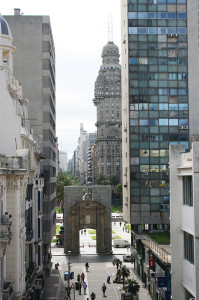 Montevideo is a very pleasant city that has more of a town feel about it (if you know what I mean). There is a feeling of space about the place as the streets are not narrow, cobbled or lined with old colonial buildings. There are many beautiful old houses but they mix with structures from every 19th and 20th century era to give a hotchpotch of building of every conceivable style.
Montevideo is a very pleasant city that has more of a town feel about it (if you know what I mean). There is a feeling of space about the place as the streets are not narrow, cobbled or lined with old colonial buildings. There are many beautiful old houses but they mix with structures from every 19th and 20th century era to give a hotchpotch of building of every conceivable style.
Our first hotel, the Plaza Forte, is in the heart of the Ciudad Vieja (old city). It is an Edwardian style structure with very high ceilings and an original iron and wood lift that does not feel entirely safe. In contrast, our bedroom is ultra modern with a glass and marble bathroom, black wood furniture and all the up-to-date electronic toys. It is a great place to be up to midnight but, thereafter, the noise in the street is unbelievable as the local chavs drink, shout and bang drums and party all night until 6.00am. Just when we think that there is a chance for some sleep, the local road gang turns up at 7.30am and dig up the road with pneumatic drills. After two disrupted nights we cracked and moved to the suburbs of the city to a hotel overlooking one of the many beaches.
Oddly for a place that is supposed to be one of the great cities of the continent there aren’t many interesting or historic buildings. The city was officially founded in 1726 by a Spaniard, the grandly named Bruno Mauricio de Zabala, making it one of the younger major urbanizations. Everything blends together in a pleasant easy fashion – architecture, markets, restaurants, stores, malls, parks and beaches – and we can find whatever we need in a short walk. However, the buildings have a dog eared and shabby look to them as if they are unloved and the occupants ashamed of them. It is as if they have not had an hours work on their façade since their construction was completed.
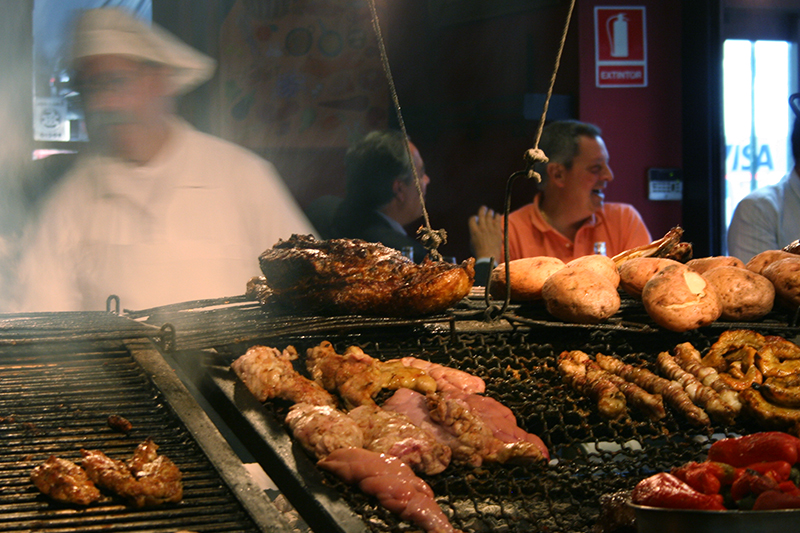 The highlight of the city is the Mercado del Puerto, a former dockside market that has now become an emporium for traditional food and drink. It is crammed with blazing wood fires in front of which there are great metal racks full of meats cooking every type of farm animal imaginable. Some fires are surrounded by tables, others by a bar and all are patrolled by waiters desperately trying to entice you to their area. We had lunch there; I had a thick-cut ribeye steak that I could swear was pure fillet and Debbie had a pan of vegetables grilled over hot coals. It was the best meal we had consumed for months.
The highlight of the city is the Mercado del Puerto, a former dockside market that has now become an emporium for traditional food and drink. It is crammed with blazing wood fires in front of which there are great metal racks full of meats cooking every type of farm animal imaginable. Some fires are surrounded by tables, others by a bar and all are patrolled by waiters desperately trying to entice you to their area. We had lunch there; I had a thick-cut ribeye steak that I could swear was pure fillet and Debbie had a pan of vegetables grilled over hot coals. It was the best meal we had consumed for months.
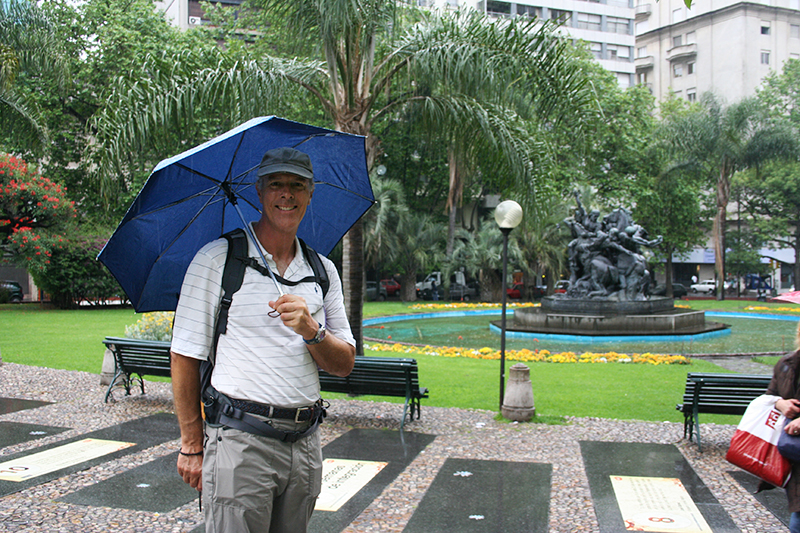 Afterwards, we thought we would visit the port where the bell of HMS Ajax and the anchor and rangefinder of the Graf Spee are on display but they shut the port to visitors and were unable to tell us when it would reopen. At this point it started to rain great heavy drops of water that got more and more persistent and accurate. Resorting to the old trusty method of stopping rain, we went into a department store where Debbie tested out every umbrella on display before settling for a rather pleasantly patterned red contraption capable of being stuffed into a backpack. Emerging from the shop, the rain had stopped. However, about an hour later it restarted so we were able to test drive our new purchases but, regrettably, the rain stopped again at about 9.00pm allowing the local chavs to take to the streets outside our hotel and make even more noise than the night before.
Afterwards, we thought we would visit the port where the bell of HMS Ajax and the anchor and rangefinder of the Graf Spee are on display but they shut the port to visitors and were unable to tell us when it would reopen. At this point it started to rain great heavy drops of water that got more and more persistent and accurate. Resorting to the old trusty method of stopping rain, we went into a department store where Debbie tested out every umbrella on display before settling for a rather pleasantly patterned red contraption capable of being stuffed into a backpack. Emerging from the shop, the rain had stopped. However, about an hour later it restarted so we were able to test drive our new purchases but, regrettably, the rain stopped again at about 9.00pm allowing the local chavs to take to the streets outside our hotel and make even more noise than the night before.
Today, Sunday, is voting day in the country’s Presidential election. Voting is compulsory in Uruguay, even if you are abroad, with the penalties for not exercising your franchise being a fine, a ban from public office and a ban from being an employer. In addition, there is an alcohol ban from 8.00pm the night before voting until 8.00pm the next day when the polls close. We discovered this part when we sat down in a restaurant and ordered a beer. Impossible even if we were foreigners. There is nothing like being told that you cannot have something to make you want it desperately so we scoured the menu for food cooked with alcohol.
There are two candidates, each with a running mate and they are depicted on their election posters with a kindly, friendly look on their faces as if they were your favourite uncle. None of the sharp suited, youthful and thrusting postures adopted by western politicos. There are flags everywhere, rallies, party workers handing out flyers and thee odd fellow shouting through a megaphone but, otherwise, it seems a bit low key. Perhaps there is a spending cap on the parties as well.
It occurred to me that, with compulsory voting, there is no opportunity to be able to protest that neither candidate has impressed sufficiently to warrant a vote other than by spoiling the voting paper. Here is the perfect opening for the Cobham Revolutionary Apathy Party (CRAP for short, see blog on Lima). Voters could put their cross against the CRAP candidate to show that they couldn’t care less or that none of the candidates had any merit or that their vote would have no effect anyway. We would be swept into office on a tide of apathy and CRAP power would rule until all the leaders were shot in the next revolution that, hopefully, would happen on someone else’s watch (as the politicians say). If CRAP were doing a good job very little would be achieved but, more importantly, nothing would be changed for the worse at great cost to the exchequer. It’s all so obvious that I cannot understand why the Uruguayans have not adopted Revolutionary Apathy already. What are they waiting for?

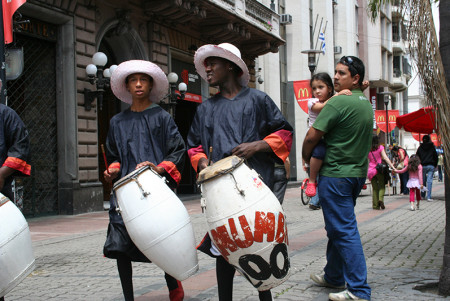
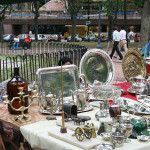

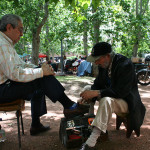
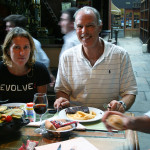
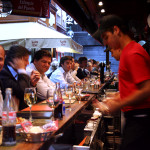
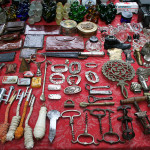
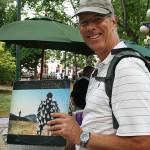
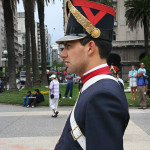
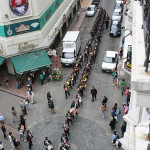
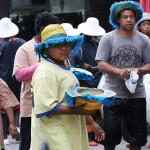
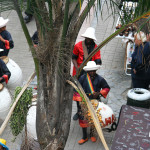
No comments yet.